
Donate to Olivia's Journey to Independence
Donation protected
My name is Olivia Petty, and I am fundraising for medical expenses including treatment expenses, out of state medical travel and medical equipment - including my service dog in training, Alaska. I struggle with independently performing everyday tasks due to my disabilities and believe I could greatly increase my independence with customized adaptive equipment. I am hoping with this equipment I will be able to attend college independently and eventually be able to work towards getting a drivers license and a job in the healthcare field. I hope with the increased quality of life having advanced adaptive equipment brings the more I will get to spend time doing the things I love with friends and family.

photo description- my service dog in training Alaska - a 12-week-old (at time of photo) black and rust Beauceron puppy laying in grass.
I am very passionate about sharing my story. Advocating for disability awareness, equity, and inclusion is a passion of mine. I want to make others aware of what struggles disabled people go through and teach that accessibility helps everyone, not just people with disabilities. I think with more awareness and knowledge we can make a difference in equality and accessibility for all people of all abilities.
It is the unfortunate truth that insurance does not cover the vast majority of adaptive equipment people with disabilities need to live our lives to the fullest. Insurance often will only cover equipment that is "just good enough" or only the bare minimum necessities needed for use inside the home; Insurance will not cover equipment or modifications that are utilized outside the home. This includes adaptations to vehicles, all terrain mobility devices, power assists that allow you to navigate easier and safer outdoors etc. Additionally, having a rare disease that has limited research done makes getting insurance coverage or grants even more difficult due to lack of funding.
Without access to equipment needed to leave the home it can make getting to health care appointments extremely difficult and draining for a person with different access needs. An example of this can be a person with a manual wheelchair with basic features covered by insurance for home use - insurance does not cover things that allow a person to be independent outside of the home. This may include lighter components that reduce injury on the upper body, especially the shoulders. Upgraded rear and castor wheels that reduce vibrations which in turn helps with chronic pain and spasticity. Or maybe even a power assist attachment that allows them to go over uneven terrain like grass, sand, gravel, and inclines. All of these obstacles mentioned are barriers that I experience every single time I leave the house. Even though equipment exists that would greatly increase my ability to access my local community safely and independently, I am unable to obtain this equipment due to the astronomical costs associated with them. My options to obtain funding for specialized adaptive equipment are extremely limited - the most popular options are grants (which are especially hard to qualify for if you have a rare disease which has little to no research or advocacy work being done), crowdfunding, relying on help from friends and family, spending your life savings and retirement funds, or even going in to debt to access necessary equipment.
This creates an almost impossible situation to escape that disabled people like me are put in just to live our lives. It can be extremely difficult to get back to the point in your life you were at before your disability. Despite this I do not loose hope and I have faith I will be able to live a very happy and fulfilling life.
Follow my journey on social media for regular updates! @WheelandWoofAdventures
My Story
I have spent the past 8 years fighting for symptom relief form my medical conditions. I have spent thousands of hours going through extensive medical tests, doctors appointments, recovering from surgeries and procedures, hospital admissions, IV infusions, physical therapy treatments and more. The first 4 years were the hardest mainly consisting of hundreds of hours of research, searching for doctors who are willing to take my complex case, countless medical tests to try and find a cause for the symptoms I was experiencing on a daily basis. It seemed like every time we thought we had a grasp on what was going on something else would pop up and we would be right back where we started.
The first barrier (and one of the hardest) I faced was finding a doctor who believed me. I was told over and over again that I was just having “growing pains” and that it was adolescent hormonal issues that would get better with time. I can’t even fathom how many times I was told I was just experiencing “anxiety” and all of my issues were in my head. It wasn't until I was rapidly losing weight, was unable to keep food down, and was unable to stand up without passing out that I was taken seriously. I got my first two diagnoses in 2018 - Benign Joint Hypermobility Syndrome and Postural Orthostatic Tachycardia Syndrome (POTS). Neither of these conditions were actually what was going on, but it was a HUGE step in the right direction. These diagnoses lead me to create the care team I have today.
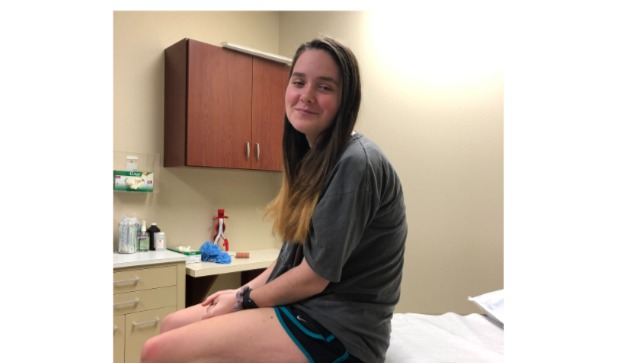
photo description- Olivia in 2019 waiting to see a GI specialist
In 2019 I was diagnosed with MALS (median arcuate ligament syndrome) which is a vascular compression disorder where the celiac artery and celiac plexus nerve in your abdomen becomes compressed by your median arcuate ligament, cutting off blood flow to organs in your GI tract. This condition presents as a GI disorder often causing severe abdominal pain, slow gastric emptying, nausea, vomiting and weight loss. This condition is commonly seen in those with joint hypermobility and POTS (plus other forms of dysautonomia). MALS is a condition that is easily treated with surgery where they remove the median arcuate ligament and remove the damaged celiac plexus nerves; in severe cases they may also do surgical repair of the celiac artery. I had a successful surgery in November 2019 which completely cured my MALS related pain but unfortunately uncovered some other problems.
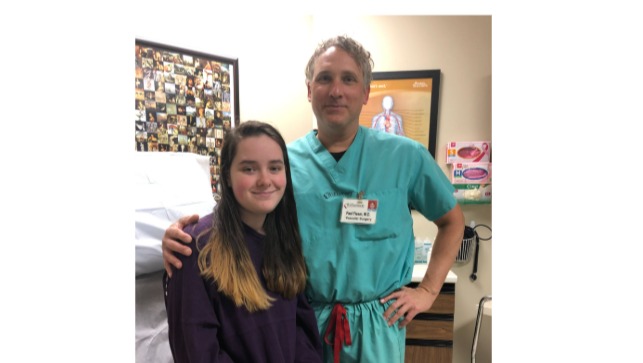
photo description- Olivia with her MALS surgeon Dr. Paul Fleser at her surgery follow up in January 2020.
Ultimately, while my MALS surgery was a success it uncovered some other major health concerns: bladder failure and tissue + vascular fragility. It was these findings that led me to my final diagnosis Ehlers Danlos Syndrome (EDS) and Autoimmune Autonomic Ganglionopathy (AAG) in late 2020 after intense and invasive medical testing.
My health has changed drastically since my initial diagnosis in 2020. I have been diagnosed with a number of related conditions that include:
Ehlers Danlos Syndrome
Autoimmune Autonomic Ganglionopathy
Mast Cell Activation Syndrome
Additionally, those below:
intestinal failure
chronic autoimmune urticaria
spinal cord damage causing paraplegia
chronic migraines with aura
autoimmune small fiber neuropathy with anhidrosis
hearing impairment
binocular vision dysfunction
takotsubo's cardiomyopathy
visceral hyperalgesia
blood clotting disorder
post sepsis syndrome
psoriatic arthritis
& more
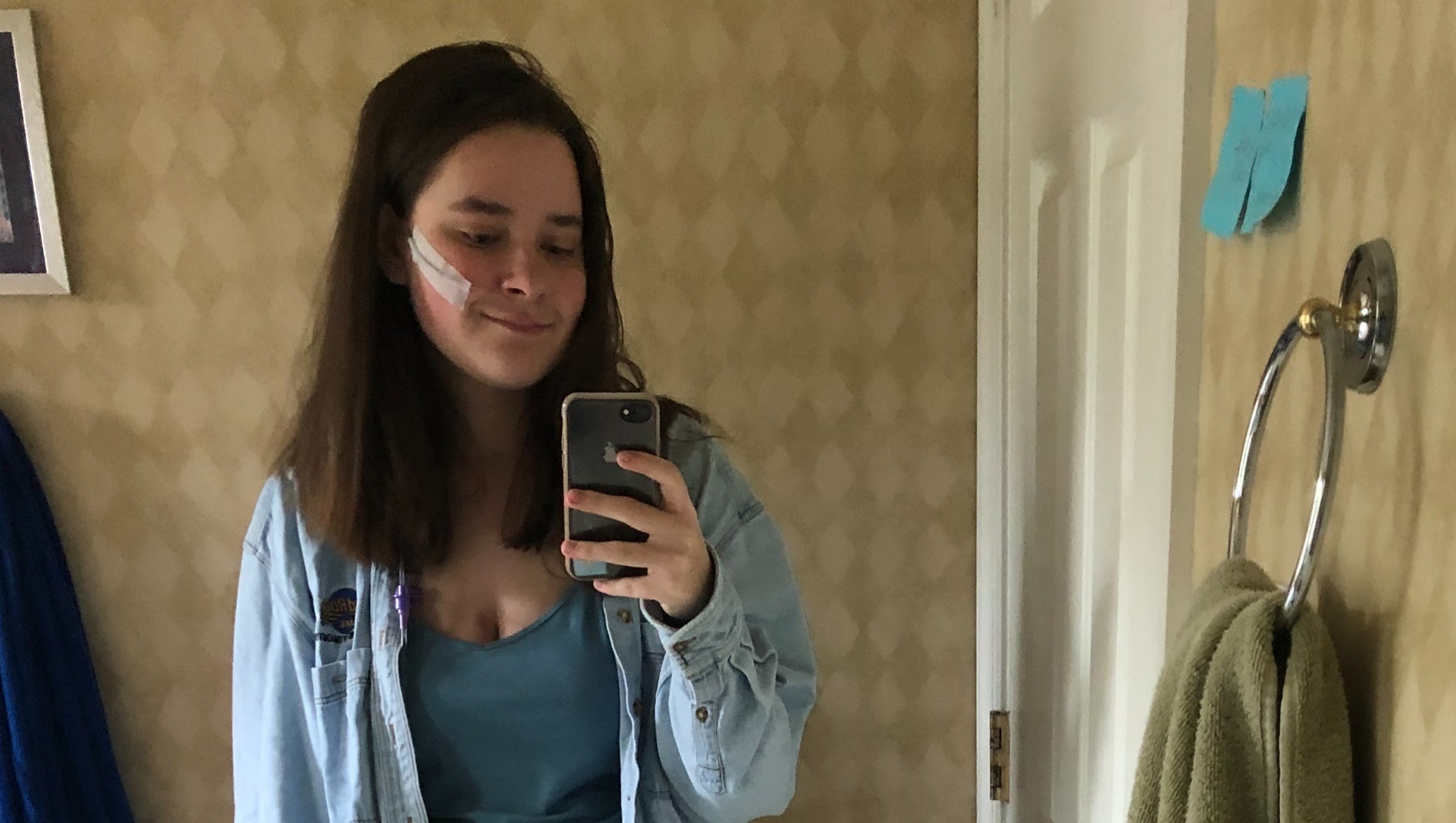
photo description- Olivia in May 2020 when she got her first NG (nasal gastric) feeding tube
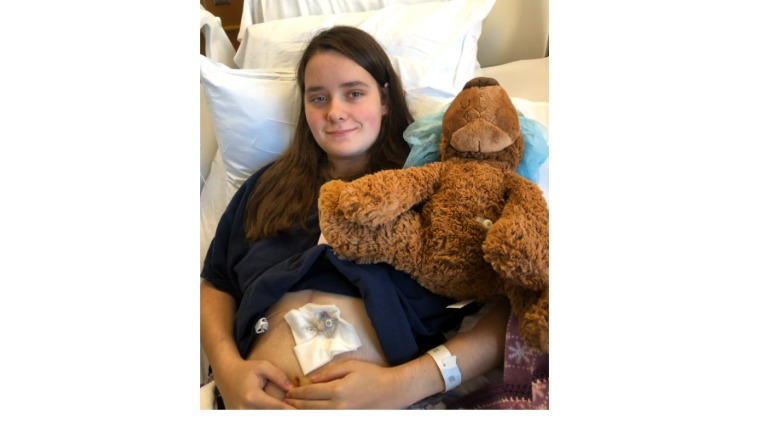
photo description - Olivia in September 2020 when she got her AAG diagnosis and first GJ (gastro-jejunal) surgical feeding tube
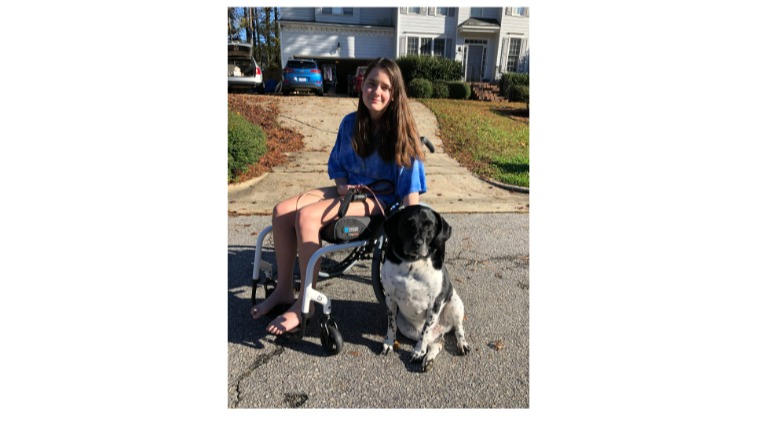
photo description - Olivia in her first custom wheelchair with her retired service dog Theo - November 2020
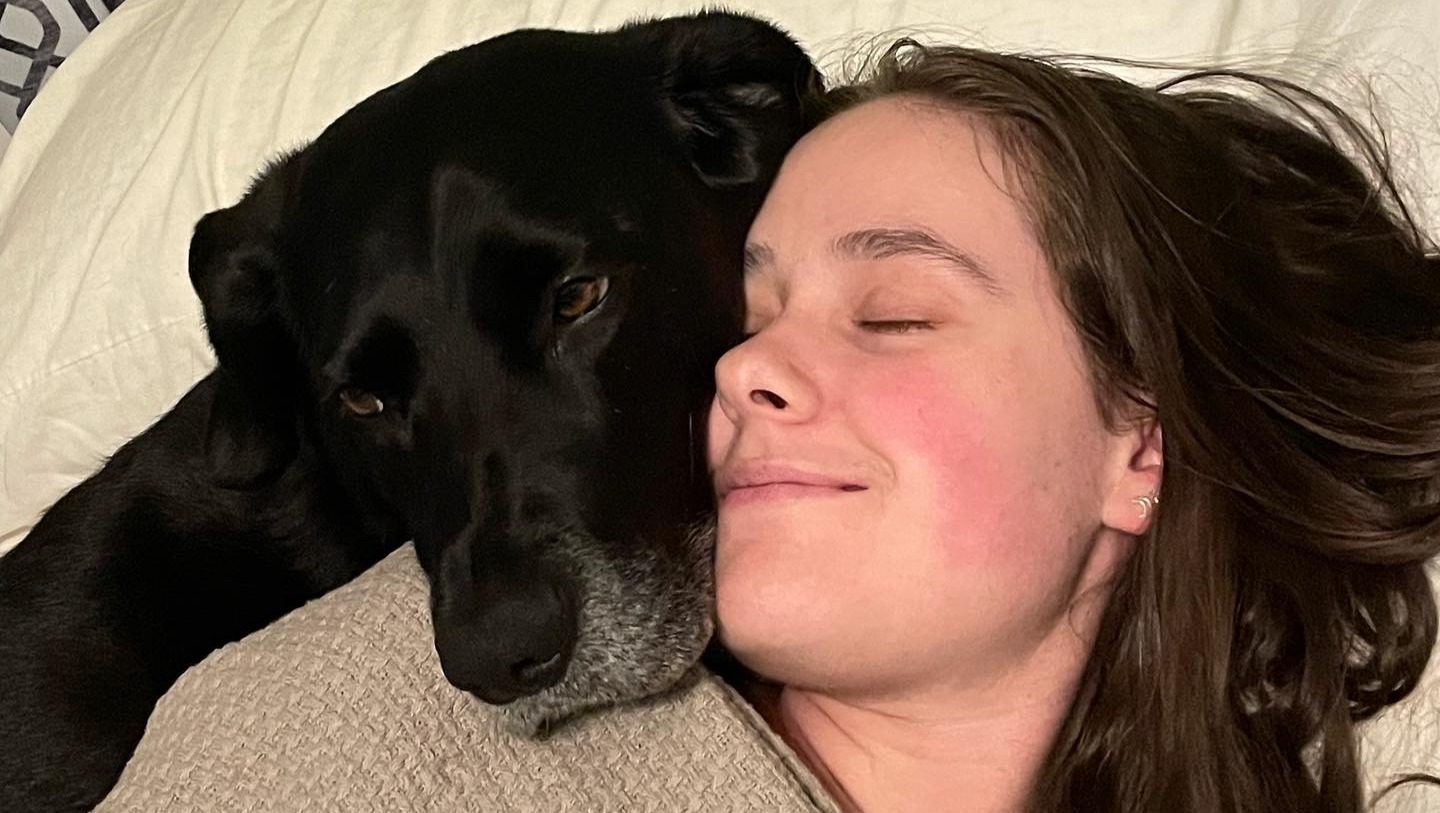
photo description - Olivia and her retired service dog Theo her first night home after being diagnosed with sepsis, acute kidney failure and heart failure after almost a month in the hospital - September 2021
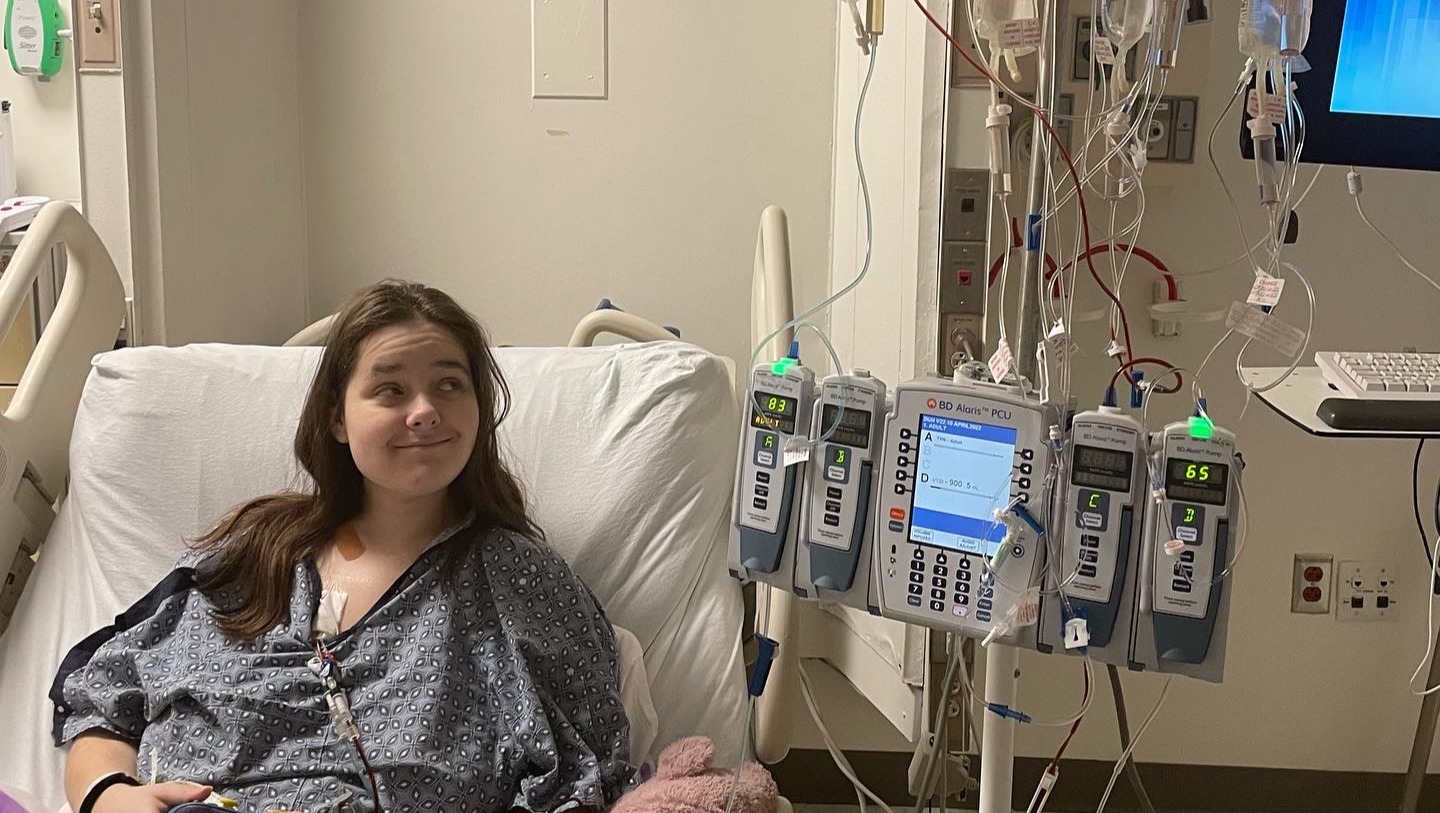
photo description - Olivia in the hospital fighting a blood stream infection - June 2022
My life today looks much different than most people my age, I am a full time wheelchair user due to my spinal cord injury, I am unable to absorb nutrients through my GI tract so I get my nutrition via IV nutrition called TPN which is an infusion I am connected to 20+ hours a day through a central line in my right upper chest/neck. And due to the intestinal failure I have a feeding tube in my stomach for decompression and in my intestines to administer medications (G & J tubes). I require nebulizer treatments to prevent life threatening anaphylactic reactions from compromising my airway. I am unable to go to the bathroom on my own so I utilize a sacral nerve stimulator and catheters, I require daily blood thinner injections to prevent blood clots. I do daily physical therapy to protect my muscles from further atrophy and to keep my joints as stable as possible. On average I spend 4-6 hours a day on medical related tasks needed to keep my body healthy and safe.
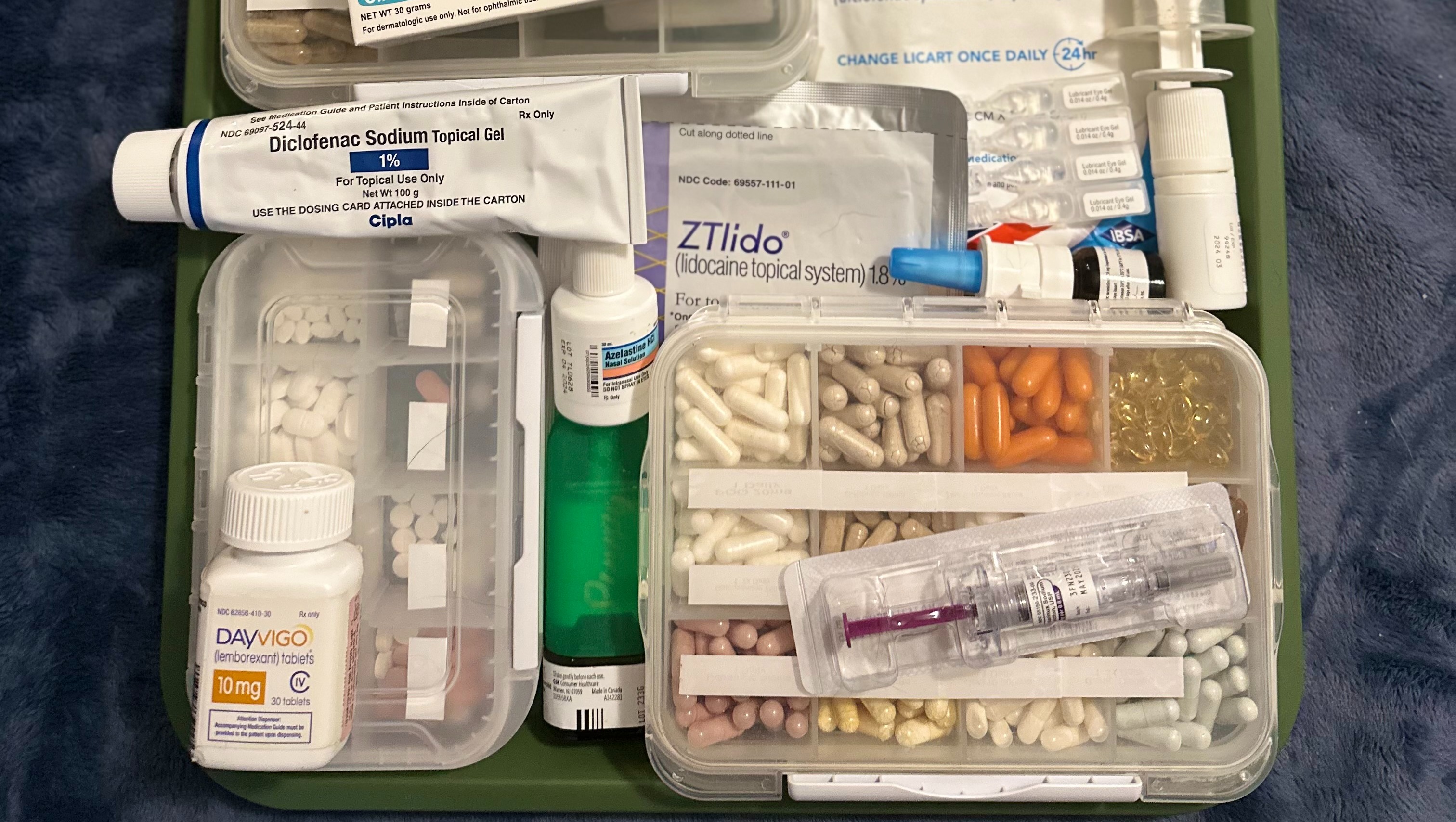
photo description- a portion of the medications Olivia takes on a daily basis including, oral medications, topicals, injections, eye drops, nasal sprays, nebulizers and more.
One of the most valuable parts of my care team is my service dog Jetta. When we adopted Jetta we did not have big plans for her to be a service dog, at the time I had been applying to any service dog program I could find but was continuously denied due to my complex needs. After 18 months of denials from service dog programs my health was in a stable enough place that I decided I wanted to take a chance on a rescue dog. My thoughts were at the very least she could help me with tasks while at home; but she became so much more than that. Jetta came home in June of 2023 at 5 months old - she came from a local rescue who rescued her entire litter. She was the last of the litter to be adopted and had actually already been adopted 3 times before we chose her, but all previous adoption fell through - she was meant to be my dog.
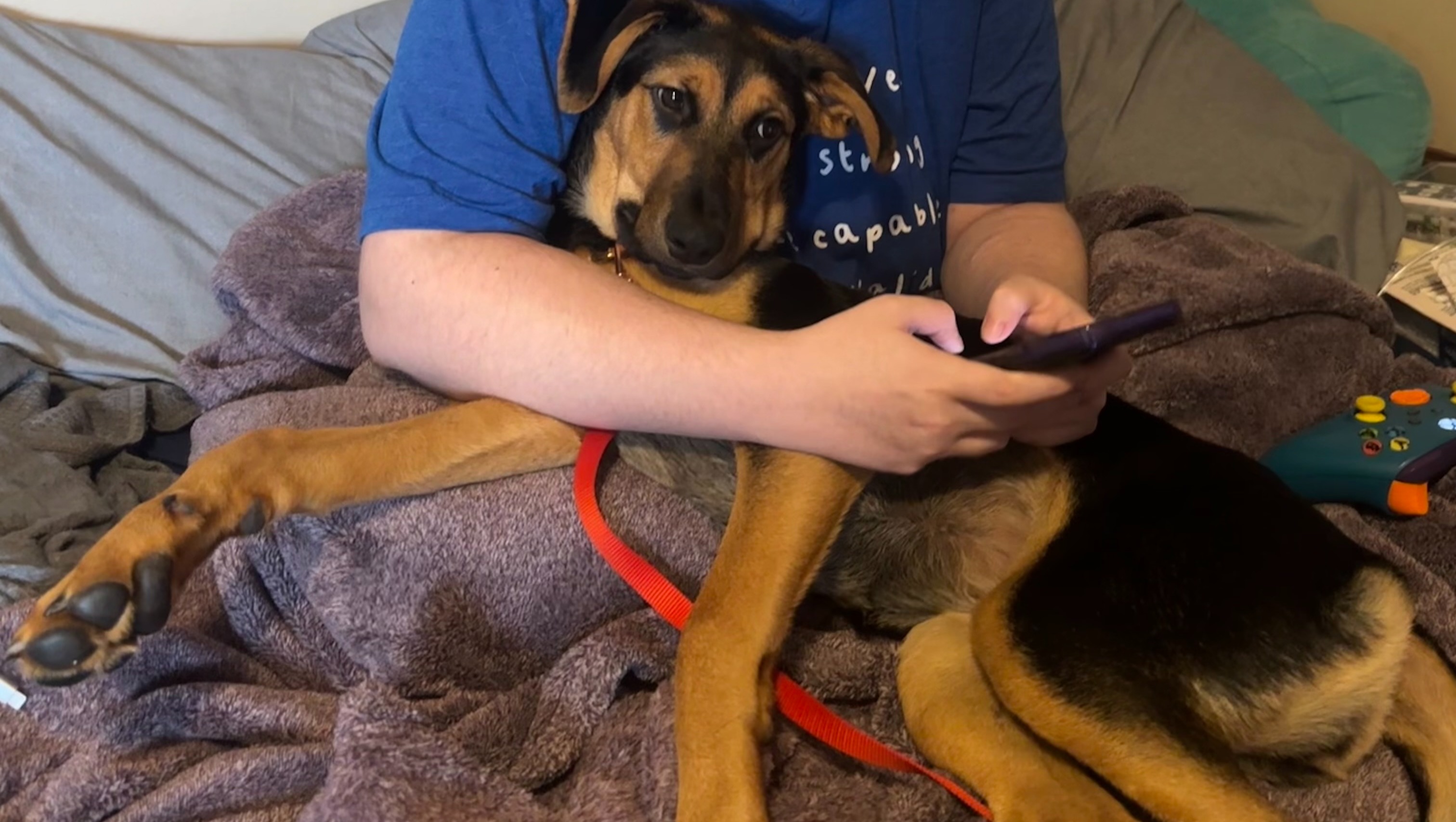
photo description- Jetta the week she came home in June 2023 laying in Olivia's lap
Her first few months with us were hard. I had been hospitalized multiple times in 2023 which impacted her training, but she was such a smart dog she caught onto scent based medical alerts very quickly.
Migraine alert: January 2024 she was able to alert oncoming migraine episodes allowing me to take my emergency medication before experiencing symptoms which cut my migraine severity and duration by 70%.
Cardiac alert: She became very intune with my body and learned to alert me to changes in my heart rhythm without any training, this allowed me to be able to pace myself to avoid overexertion and syncope episodes.
It was a few months after that I decided to start training her to come with me in public. By April Jetta had excelled in all of her training and she passed a public access test and graduated to come with me everywhere I go - she has been admitted to the hospital with me, the zoo, road trips, and even on a cross-country trip to California (multiple airlines.)

photo description - Jetta looking out the airplane widow on our way to California
Jetta has made such a huge difference in my life I don’t know what I would do without a service dog. She now has over 15 tasks she is trained to perform for me. Some of her most used tasks are
medical alerts and response
item retrievals
deep pressure therapy
help removing socks and other clothing
opening/closing doors
finding named family members in crowds
forward momentum pull on flat surfaces
finding the exit, bathroom, car, and elevators
helping guide me through crowds
following people who are leading me places.
She continues to learn new things to help assist me when needed.
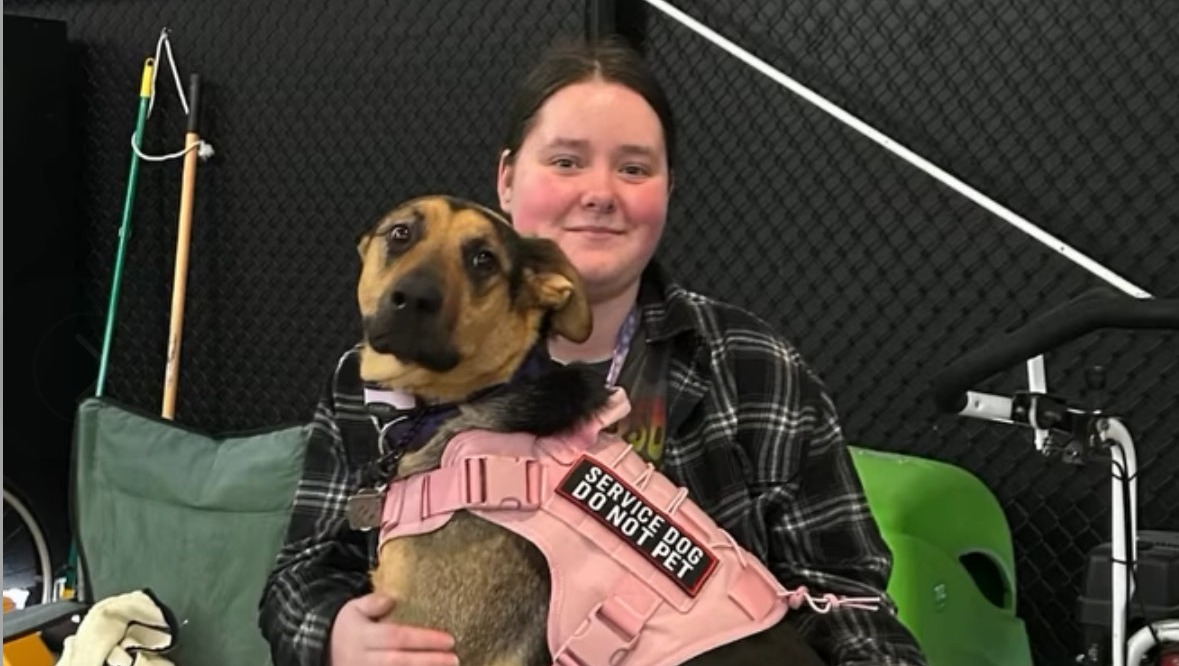
photo description- Olivia sitting in her wheelchair with Jetta her service dog laying across her lap preforming her DPT or deep pressure therapy task (photo from February 2025)
While Jetta is absolutely amazing and a very talented dog as I improve with my health there are some things Jetta is unable to safely help me with. In addition to those limitations Jetta has had some health scares that made us worried about what my life might look like if for some reason Jetta was ever unable to continue to work for me. With how active my life has become since getting Jetta, starting on treatments for my conditions and making it almost an entire year out of the hospital, my medical team has suggested to me I get a second service dog who is of larger size that is able to assist me with the tasks Jetta is unable to do.
Trainers I have worked with also suggest this may be helpful to give Jetta more breaks off work which have multiple long term benefits. This does not mean that Jetta will be retiring anytime soon, in fact this change will likely make it so that she is able to work as a team with the new dog which will allow both dogs to have a longer and more successful working career.
We brought our new service dog puppy named Alaska home on May 17th 2025. We traveled 4,631 miles round trip to Las Vegas to bring her home. Alaska is a Beauceron who is from a breeder who has produced multiple successful service dogs, she is in the beginning stages of training and is doing exceptionally well. We are enrolled in group classes to help her with socialization and foundations of service dog training. So far she is doing amazing and exceeding all my expectations. I am thankful to have the privilege of owning such an amazing and talented dog!

photo description - Alaska sitting in the grass at 13 weeks old (at time of photo)
My plan for Alaska’s training is to do owner training with the assistance of professional trainers when needed. We have 3 trainers we have consulted with to be on standby to help assist with anything I may need for her training. We anticipate sending Alaska to either a board and train or to do private lessons to help with some of the more complicated tasks such as mobility tasks and allergen detection tasks.
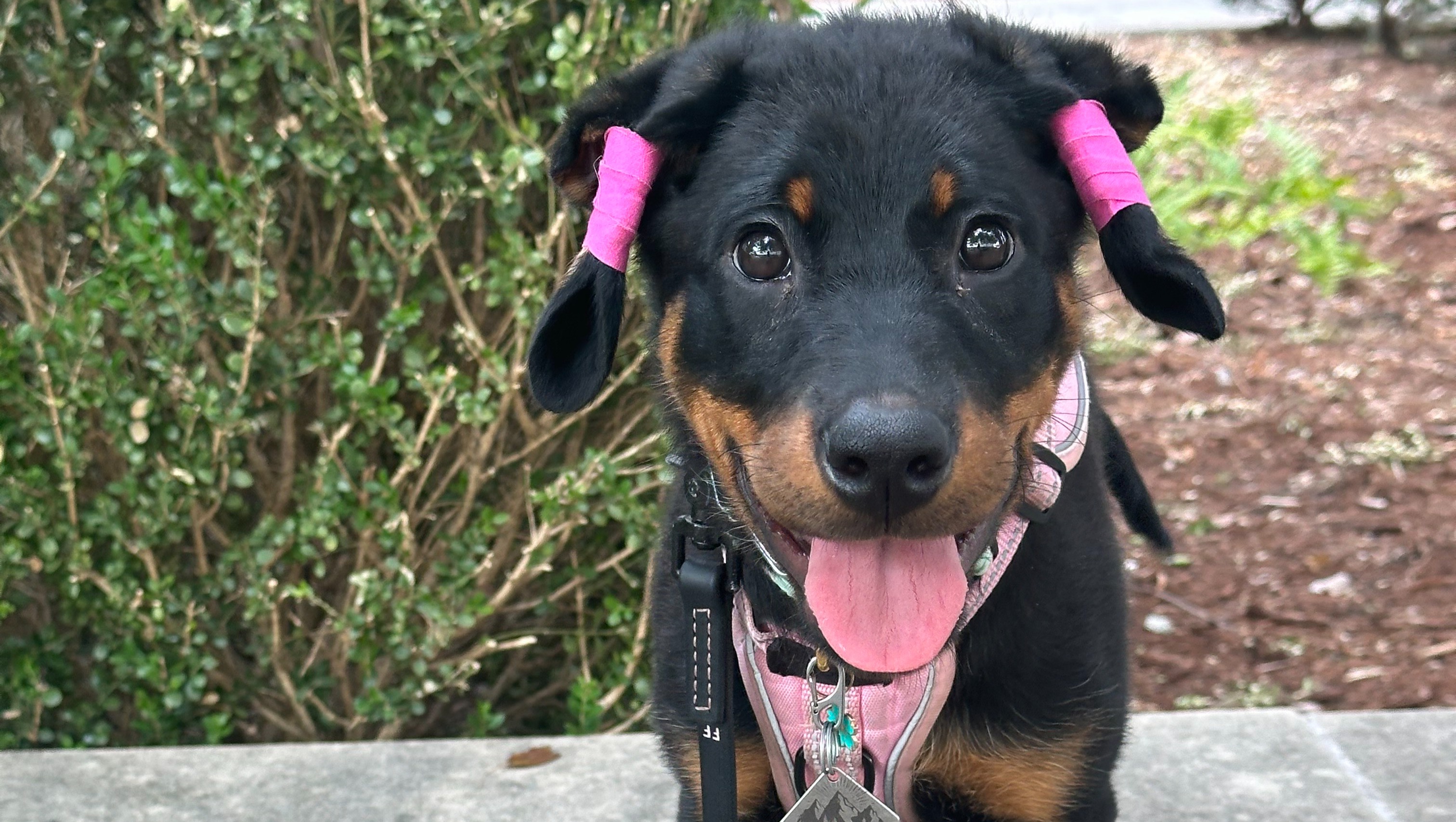
photo description - Alaska after group training class at 13 weeks
Equipment Needed
Firefly Wheelchair Attachment ~ $2,800
“Off-Road” Wheels for Wheelchair ~$600
Vapor “X” Wheels ~ $1,600
Service Dog Training ~$5,000
Service Dog Specialized Harness and Gear ~ $1,200
Service Dog Emergency Care Fund ~ $3,000
Crash Tested Car Kennel ~ $1,600
Adaptive Driving Lessons and Car Modifications ~ $8,000
Other Adaptive Equipment ~ $2,000
Details and pictures are below or links to demonstrate product or vendors
Firefly Wheelchair Attachment ~ $2,800
The Firefly wheelchair attachment is a mobility device that turns a manual wheelchair into a power wheelchair and can be used on uneven terrain. This device attaches to the front of the wheelchair frame and lifts the castors (smaller wheels in the front) off the ground turning the chair into a “tricycle”. The larger front wheel that is powered allows you to navigate terrain you otherwise would not be able to in a manual wheelchair. This includes grass, sand, gravel, dirt, cobblestone, brick, and other surfaces. The firefly can go up to 12 MPH which can allow for more efficient travel similar to a bike or scooter.
The firefly would allow me to navigate different types of terrain safely and independently without risk of injury to myself. I would be able to go on unpaved trails, grassy terrain, urban environment and more. I would be able to participate in more outdoor activities without having to rely on someone else to push me or even have to not participate entirely due to the environment.
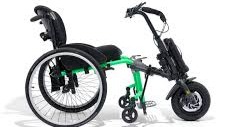
“Off-Road” Wheels for Wheelchair ~$600
“Off-Road” for a wheelchair refers to a specific tire/rim set up that is built specifically for uneven terrain. Similar to the difference between a road bike and mountain bike, “off road” tires for a wheelchair are wider with a more aggressive tread and are designed to handle things like dirt, sand, grass, and other natural/uneven textures. Your standard “everyday” wheels are better on hard, smooth, flat surfaces; they have minimal tread and are narrow to reduce rolling resistance. However, when you try to use “everyday” tires on grass or gravel you often will end up sinking and getting stuck. Without help getting out is very difficult and can easily cause an injury. Because of this you are very limited in the places you can go independently for fear of getting stuck or worse, injured.
Lots of Wheelchair users have found when you pair “off-road” tires with the firefly attachment you are able to go on deeper, softer sand and navigate trails that are not considered accessible. For me this could mean going to the beach without having to coordinate a special beach chair, having lake days with the dogs, or even going on more hiking trails I have not experienced due to lack of accessibility. I would also be able to navigate parks that are mainly grass and play with the dogs, something I am not able to do currently.
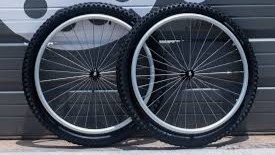
Vapor “X” Wheels ~ $1,600
Vapor wheels is a company that has developed customized wheelchair wheels that are affordable and lightweight. Their “X” model is made from carbon fiber which has many benefits. Many “entry level” wheels are made from aluminum, which has some cons associated with them. Aluminum wheels are heavier than carbon wheels and have a tendency to “ovalize” over time making propelling your wheelchair difficult and increases rolling resistance. Aluminum entry level wheels also add weight and have more spokes which can make removing the wheels more difficult and increase the risk of bodily injury as well as maintenance issues.
I had the privilege to demo a set of vapor “x” wheels on my chair in 2024 and the difference was shocking! It took much less effort to propel my chair, reduced vibrations and bumps and felt much safer to assemble and disassemble my chair due to having less spokes. The amount of energy saved by having those wheels would mean I would be able to be much more independent and reduce my risk of injury by self propelling my chair. The brand is geared specifically for wheelchair uses and strives to make their products as affordable as possible unlike their competitors.

Service Dog Training ~$5,000
Service dogs on average cost $40,000-$60,000 to train when you get them from a program. By owner training you can greatly reduce those out of pocket costs but it takes a lot of time, effort and energy. Training a dog sounds easy in theory however it is not as easy as you may think. It is recommended for those owner training their own service dog to have a trainer to help support you through the process. This assistance could be group classes focusing on obedience, or private training lessons to work on the more advanced aspects of service dog training and task training. Some people may even send their dog to a board and training which is like boot camp for dogs where they live with a trainer and work day and night on their skills.
Since Alaska is not my first service dog that I have trained and with prior experience, I am very confident in being able to complete the majority of her training myself. However, I do anticipate needing some help for some of the things I do not have as much experience with. I am thankful to be in contact with multiple trainers who are on standby to assist me when we need it, however the price of training can be a big investment. I want to be as prepared as possible to be in the position to get assistance from a professional if/when the need arises.
Service Dog Specialized Harness and Gear ~ $1,200
With Alaska and Jetta being trained to be mobility assistance dogs this requires specialized gear designed to be as safe as possible for their joints and overall health. These specialized harnesses can be very expensive as they have undergone extensive testing to make sure they are as safe as possible for the dog to perform their tasks. These harnesses are also made from extremely high-quality materials which is a contributor to the costs.
Along with the costs of the specialized mobility harness there are other types of gear a service dog may use while working. These things include boots, eye protection, ear protection, clothing to minimize shedding, specialized leashes for wheelchair users, vests and collars. While a service dog is not required to have any special equipment by the ADA, gear can be very valuable to a service dog team for many reasons. Having gear to protect your dog from the elements and keep them safe is important, having equipment made to be safe for wheelchair users is also helpful to keep both the handler and dog safe. Having vests and collars that label the dog with identifiers and things like “do not pet” help communicate with your soundings not to interact with your dog to avoid the dog getting distracted which can be a safety issue for the handler.
Some examples of Gear:
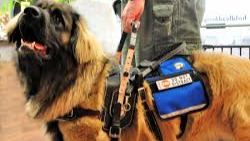
Service Dog Emergency Care Fund ~ $3,000
Having an emergency fund for any pet is incredibly important but especially for a service dog. Things that may require use of an emergency fund would include boarding fees in case I am hospitalized and am not able to have the dogs in the hospital with me, out of pocket veterinary expensive that are not covered by insurance, any supplements or special diets needed not covered by insurance, unexpected gear malfunctions, or any other unforeseen expense. These expenses can add up quickly and it is important that in the event of an emergency you are able to get your dog the necessary care needed.
Crash Tested Car Kennel ~ $1,600
Since service dogs are constantly traveling with their handler and in the car they are at higher risks of being injured in the event of an accident. When dogs are in the car during a collision they become projectiles and can injure both themselves and the other passengers within the car. The safest option for transporting dogs in the car is a crash tested kennel.
Currently we use dog seatbelts on their harness which is safer than having nothing but as these dogs are my lifelines I want to make sure they are as safe as possible when they are in the car. This will allow us more peace of mind when traveling with the dogs and keep them safe.
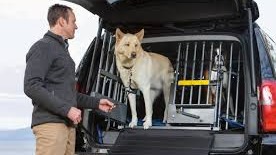

Adaptive Driving Lessons and Car Modifications ~ $8,000
Adaptive driving lessons and car modifications help people with disabilities be able to safely and independently operate a motor vehicle. There are a lot of different modifications and types of adaptations available for different needs. The first step in the process would be for me to get an evaluation done to see if I am eligible to drive with my disabilities. Once that is complete and I am approved then we will look into different adaptations and modifications that would be needed for me to drive. The two main parts to this are my ability to actually drive which would include hand controls and then transporting my wheelchair (which could be a wheelchair van or wheelchair lift). Once we decided which driving adaptations I would need I would have to start drivers ed to learn to drive with these adaptations and then get approved for a license with endorsements to use adaptive equipment. The lessons and evaluation alone are extremely expensive and can be hard to access.
Once you have a license you can start the process to get an adaptive vehicle whether that is adapting the vehicle you currently have or getting a new vehicle to accommodate the adaptations. The price for adaptations can range from $3,000 - $60,000 depending on what your needs are. The price of the adaptations cannot exceed the value of the vehicle which can further complicate things financially. Additionally, because of the increased cost of the adaptive equipment and the fact that you will be considered a “new” driver the cost of insurance can be very expensive and make the process even harder.
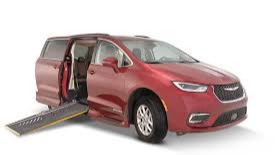
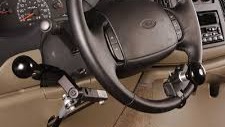
Other Adaptive Equipment ~ $2,000
There are some other adaptive devices that would help improve my independence and quality of life that I have been saving up for and waiting to go on sale. Some of these items include:
The lap stacker: which is a device that is attached to your wheelchair that helps secure items on your lap so you can roll around hands free and over thresholds without the worry of the items falling or shifting off your lap.
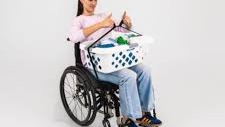
Silver ring splits: is a company that makes specialized orthotics for your fingers and hands to help avoid injury and increase function, specifically for people with hypermobility, instability, or arthritis. They are very high quality and made out of silver to be hypoallergenic and made to last for a long time. Unfortunately they are not covered by insurance and can be quite expensive and require a specialist to fit you for them to make sure you get the right size and type of splint.

Home Modifications: There are some other home modifications that would allow me to be more independent such as smart plugs to allow me to be able to control the lights, fans, and humidifiers from my phone without needing to get up or have assistance from someone else. We are also looking into getting an adjustable bed frame at the recommendation of my care team to help with my pain and cardiac symptoms by being able to adjust the head and feet of the bed.
Co-organizers (1)
Olivia Petty
Organizer
Apex, NC
Kimberly Gertrude Baker
Co-organizer